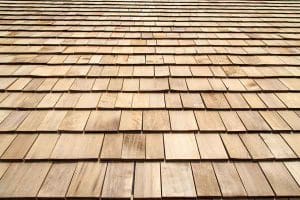
Honestly, most people know nothing about roof vents. To some it’s a surprise that they even exist. Not too many people think about the roof over their heads, right? But there could come a time when a person’s a homeowner or owns a building and something’s going wrong “up there.” That’s when they educate themselves about “all things roof related,” including roof vents.
The Lungs of the Roof
So what are some things to know about roof vents? Basically, vents let air in and out of a house or building– they provide ventilation, hence the name. A typical roof vent will keep an attic cooler during warm summer months. This is a good thing, as it helps prevent mold, rot, etc. Basically, roof vents allow for good air circulation such that heating and cooling elements don’t have to work so hard– and this helps lower utility bills.
Shingles Affect
The shingles on your roof could easily be damaged. If the attic underneath gets too hot, shingles will crack and then they won’t function as intended. Vents, however, let excessive heat out of the attic so that it cools down and doesn’t interfere with the shingles. The vents also allow moisture to escape the house or building, which prevents the growth of mold (and damage) to the roof and contents inside the edifice.
Types of Roof Vents
There are different types of roof vents, including wind turbines, power vents (with motors), box vents, ridge vents, cupola vents and soffit vents. A roofer can explain all of these vents, or you could “google” them for more information. Suffice it to say that there are several ways to get air in and out of a house thanks to the variety of vents available today.
If you think you might have an issue with your roof vents and you want a residential roofing professional to assess the situation, call Roofing by Bruce to schedule an appointment. Located in East Stroudsburg, PA, and serving the Poconos, Roofing by Bruce can be reached by calling 570-424-8891 or emailing info@roofingbybruce.com.



